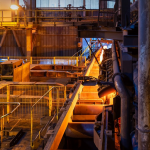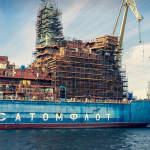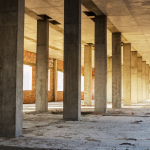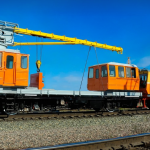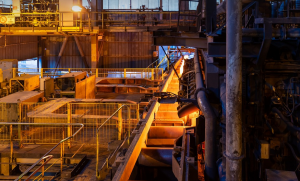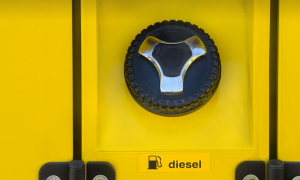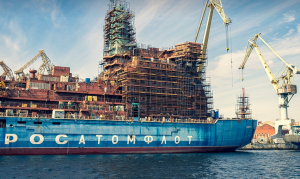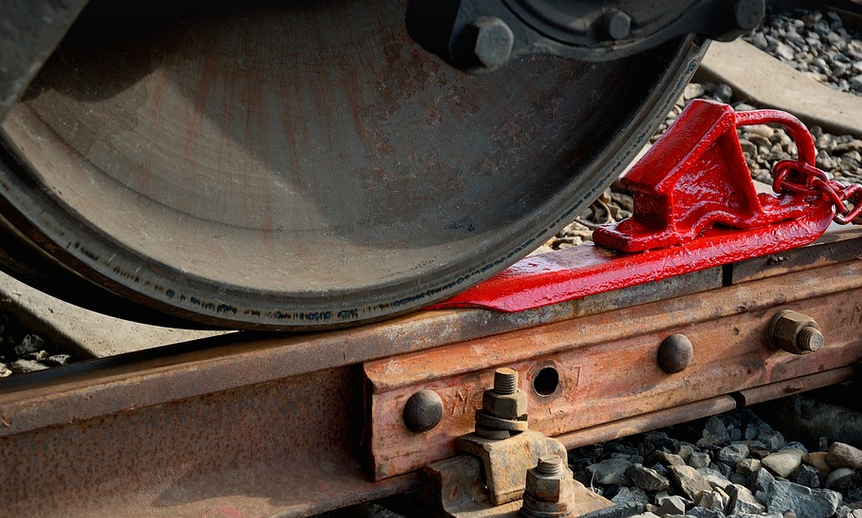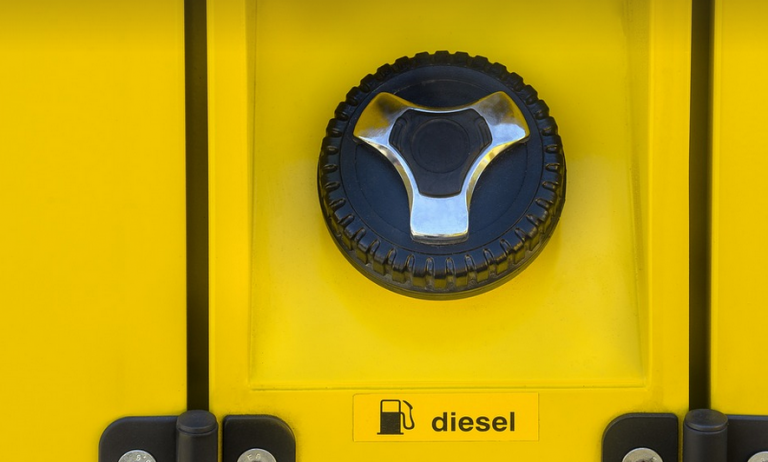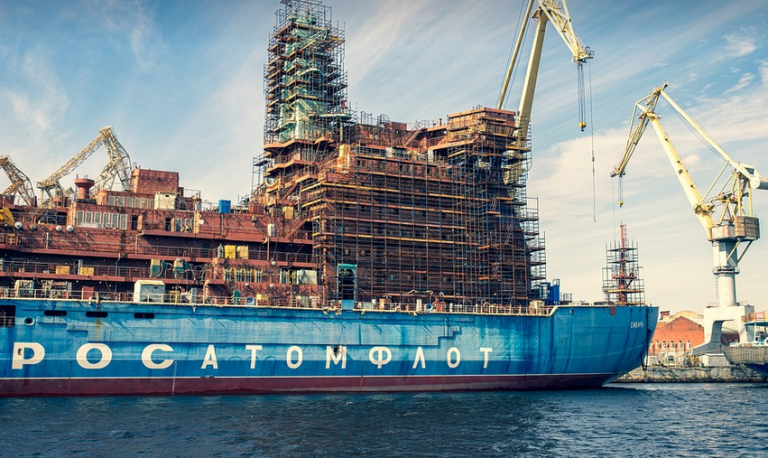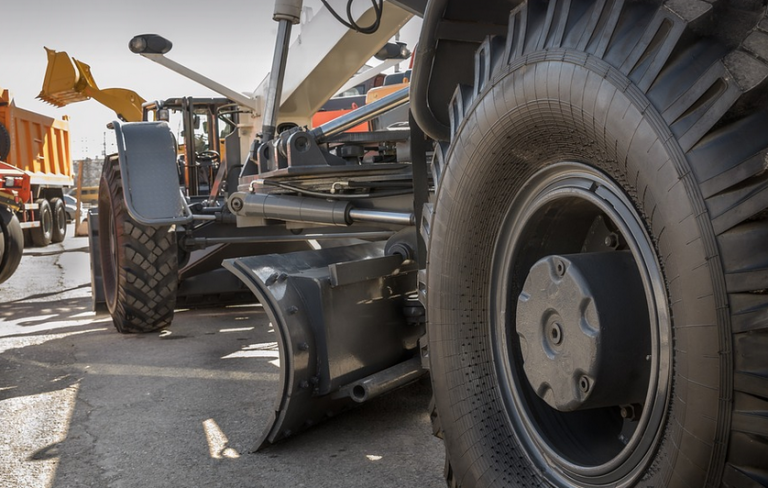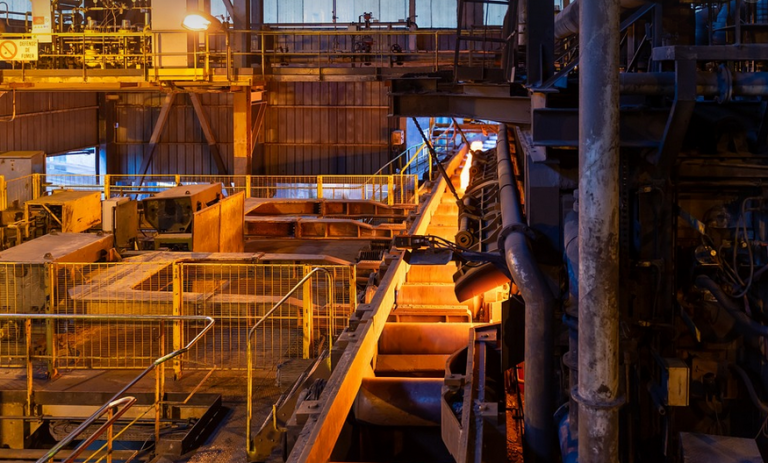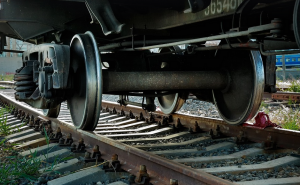A Look at the Tools Shaping the World Around Us
Steel fabrication and welding—sounds like a mouthful, right? But these two seemingly complex processes are actually essential parts of building our modern world. From skyscrapers to bridges to everyday items like your refrigerator, steel plays a huge role. And at the heart of their magic lies the art and technique of fabrication and welding.
Imagine you have this massive sheet of steel: it’s flat, it’s strong, and it’s calling out to us for something incredible to be built. Now imagine those engineers, architects, and designers taking that raw material, shaping it into a masterpiece through precise cutting and bending—that’s fabrication in action! It starts with careful planning: designing the final structure, determining what kind of steel is needed, then using specialized machinery like shears, presses, and lasers to bring those plans to life.
These machines handle heavy-duty tasks, transforming flat sheets, beams, plates, and tubes into precisely shaped components that form the skeleton for our buildings. Then comes welding: a skilled craftsman using a torch or electric arc welder joins these pieces together, forming strong bonds that hold their weight. It’s the essence of metal artistry, where precision and craftsmanship meet to create something truly durable.
Welding is more than just heat; it’s an art form. Skilled welders use different methods and techniques depending on what they’re creating: from delicate wire-fed welding for intricate projects like artistic sculptures, to the powerful arc-welding of construction beams and pipelines. It requires a keen eye, a steady hand, and years of practice to ensure that every weld is perfect.
The world of steel fabrication and welding isn’t just about building structures; it’s about bringing ideas to life: from designing the iconic Golden Gate Bridge to constructing complex railway tracks. It’s about creating solutions for everything, large or small, from industrial equipment to everyday household items.
Steel fabrication and welding are fascinating fields with a rich history and an exciting future. It’s a blend of creativity, technology, and skill.
The Evolution of Steel Fabrication & Welding
The story of steel fabrication and welding is one of progress and innovation. From the earliest blacksmiths who forged metal by hammering using crude tools to the modern-day precision of CNC machines, the evolution of this craft has been dramatic.
Early blacksmithing techniques, while rudimentary, set the foundation for the development of steel fabrication. The invention of the steam engine spurred industrialization, and with it came new possibilities and methods for manipulating steel. The first welding processes like arc welding emerged in the early 20th century, revolutionizing construction and manufacturing.
Modern fabrication technologies have transformed the industry dramatically. Computer-aided design (CAD) and computer-aided manufacture (CAM) software allow engineers to create intricate designs and simulations before even touching a piece of metal, ensuring precision and efficiency in their creations. Advanced robots and automation now play crucial roles in welding processes, increasing speed, accuracy, and safety.
This technological leap has led to the development of advanced materials like high-strength steels, stainless steel, and alloys; each offering unique advantages depending on the desired application. These innovations have broadened the potential applications for steel in various industries – from aerospace engineering to medical technology.
The Future of Steel Fabrication & Welding
Looking ahead, the future of steel fabrication and welding is brimming with possibilities. The industry continues to push boundaries, seeking new materials, techniques, and technologies to meet the ever-evolving demands of the world around us.
Sustainability is a key focus in the industry as it strives to minimize its environmental impact. The adoption of eco-friendly welding processes like electric arc welding and laser beam welding reduces emissions and resource consumption.
Beyond materials and techniques, automation plays an increasingly important role. AI and machine learning are now being used for predictive maintenance, optimizing welding parameters, and even enhancing the performance of robotic welders.
The future holds exciting possibilities for building stronger, lighter, more sustainable structures, from wind turbines that harness clean energy to modern cities built with innovative steel frameworks.
